Introduction
In the vast realm of herbal remedies and natural health practices, dandelion (Taraxacum officinale) stands out as a versatile and potent plant. Often dismissed as mere weeds in lawns and gardens, dandelions are, in fact, a treasure trove of nutrients and medicinal properties. From their bright yellow flowers to their deep taproots, every part of the dandelion plant offers unique health benefits. One of the simplest and most enjoyable ways to harness these benefits is by brewing fresh dandelion tea.

Fresh dandelion tea is not only refreshing but also packed with vitamins, minerals, antioxidants, and other bioactive compounds that can support liver health, aid digestion, and promote overall well-being. In this comprehensive guide, we’ll walk you through the entire process of making fresh dandelion tea from start to finish. We’ll cover everything from identifying and harvesting the plants to brewing and enjoying your tea. So, let’s dive into the world of dandelion tea and discover how to make the most of this natural wonder.
Chapter 1: Understanding Dandelion Plants
Before we dive into the specifics of making dandelion tea, it’s essential to have a basic understanding of the plant itself. Dandelions are perennial herbs that belong to the Asteraceae family. They are easily identifiable by their bright yellow flowers, which can grow up to three inches in diameter, and their distinctive, deeply lobed leaves. The plant also has a long, taproot that can reach several feet into the soil.
Dandelions thrive in a variety of environments, from lawns and gardens to meadows and roadsides. They are particularly abundant in areas with well-drained, fertile soil and full sun. While many people consider them pests, dandelions are actually quite beneficial to ecosystems, as they improve soil health, attract pollinators, and provide food for various wildlife species.
From a nutritional standpoint, dandelions are rich in vitamins A, C, and K, as well as minerals like potassium, calcium, and iron. They also contain antioxidants, such as polyphenols and flavonoids, which help protect cells from damage caused by free radicals. Furthermore, dandelions have been used traditionally to support liver function, aid digestion, and reduce inflammation.
Chapter 2: Harvesting Fresh Dandelions
The first step in making fresh dandelion tea is to harvest the plants. It’s crucial to do this correctly to ensure that you’re getting the most nutritious and medicinally valuable parts of the plant. Here are some tips for harvesting fresh dandelions:
-
Choose the Right Time: The best time to harvest dandelions is in the spring, when the plants are young and vigorous. The leaves and flowers are particularly nutrient-dense at this stage. Avoid harvesting plants that have been treated with pesticides or grown in polluted areas.
-
Identify the Plant: Make sure you’re harvesting actual dandelions, not a similar-looking plant that might be toxic. Dandelions have jagged, lobed leaves and bright yellow flowers with many petals.
-
Gather the Leaves and Flowers: You can use both the leaves and the flowers to make tea. The leaves tend to be more bitter, while the flowers offer a sweeter, more floral flavor. Harvest the leaves by cutting them off at the base of the stem, and pick the flowers just before they fully open.
-
Clean Thoroughly: Once you’ve harvested your dandelions, rinse them thoroughly under running water to remove any dirt, debris, or insects. Pat them dry with a clean towel or let them air-dry.
-
Store Properly: If you’re not planning to make tea immediately, you can store the harvested dandelions in an airtight container in the refrigerator for up to a week.
Chapter 3: Preparing Fresh Dandelion Tea
Now that you’ve harvested your fresh dandelions, it’s time to prepare the tea. There are several methods you can use to brew dandelion tea, each offering a slightly different flavor and texture. Here are three popular methods:
Method 1: Simple Infusion
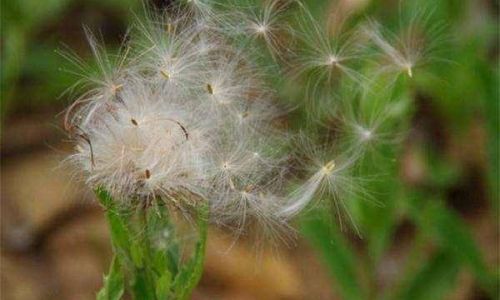
This is the easiest and most straightforward method for making fresh dandelion tea. Here’s how to do it:
-
Gather Ingredients: You’ll need fresh dandelion leaves and/or flowers, a teapot or large pot, and filtered water. You can also add honey, lemon, or other natural sweeteners to taste.
-
Boil Water: Fill your teapot or pot with fresh, filtered water and bring it to a boil.
-
Add Dandelions: Once the water is boiling, add your fresh dandelion leaves and/or flowers. Use about 1-2 tablespoons of leaves or flowers per cup of water.
-
Steep: Allow the dandelions to steep in the boiling water for about 5-10 minutes. The longer you steep, the stronger and more bitter the tea will be.
-
Strain and Serve: Remove the dandelions from the tea using a strainer or fine-mesh sieve. Pour the tea into cups and enjoy it hot. If desired, add honey, lemon, or other sweeteners to taste.
Method 2: Solar Infusion
If you prefer a gentler, more subtle flavor, you can try making dandelion tea using the solar infusion method. Here’s how:
-
Gather Ingredients: You’ll need fresh dandelion leaves and/or flowers, a clear glass jar or bottle, and filtered water.
-
Prepare the Jar: Fill a clear glass jar or bottle with fresh, filtered water. Add your fresh dandelion leaves and/or flowers. Use about 1-2 tablespoons of leaves or flowers per cup of water.
-
Expose to Sunlight: Place the jar in direct sunlight for several hours, preferably on a sunny day. The sunlight will gently extract the flavors and nutrients from the dandelions.
-
Strain and Serve: After several hours, strain out the dandelions using a fine-mesh sieve or cheesecloth. Pour the tea into cups and enjoy it at room temperature or chilled. You can add honey, lemon, or other sweeteners to taste.
Method 3: Decoction
For a stronger, more concentrated tea, you can make a decoction by simmering the dandelion roots. Note that this method requires a bit more time and effort, but it can yield a particularly potent tea. Here’s how:
-
Gather Ingredients: You’ll need fresh dandelion roots, a large pot, and filtered water. You can also add honey, lemon, or other natural sweeteners to taste.
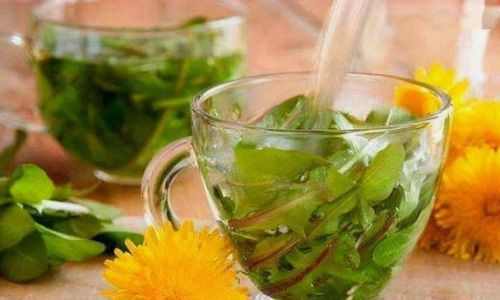
-
Prepare the Roots: Wash the fresh dandelion roots thoroughly to remove any dirt or debris. Chop them into small pieces to facilitate the extraction of flavors and nutrients.
-
Boil Water: Fill a large pot with fresh, filtered water and bring it to a boil.
-
Add Roots: Once the water is boiling, add the chopped dandelion roots. Use about 1-2 tablespoons of roots per cup of water.
-
Simmer: Reduce the heat to low and let the roots simmer gently for about 30-45 minutes. The longer you simmer, the stronger and more concentrated the tea will be.
-
Strain and Serve: Remove the roots from the tea using a strainer or fine-mesh sieve. Pour the tea into cups and enjoy it hot. If desired, add honey, lemon, or other sweeteners to taste.
Chapter 4: Customizing Your Dandelion Tea
While fresh dandelion tea is delicious on its own, you can customize it to suit your personal preferences. Here are some ideas for enhancing the flavor and nutritional profile of your tea:
-
Add Honey or Other Natural Sweeteners: Fresh dandelion tea can be quite bitter, especially if you use a lot of leaves or simmer the roots for a long time. Adding honey, maple syrup, agave nectar, or another natural sweetener can help balance out the bitterness and make the tea more palatable.
-
Incorporate Lemon or Lime: A squeeze of fresh lemon or lime juice can add a refreshing citrus flavor to your dandelion tea. It also helps to enhance the tea’s antioxidant properties.
-
Mix with Other Herbs: You can blend fresh dandelion tea with other herbs and spices to create unique and flavorful blends. For example, adding a few sprigs of fresh mint or a pinch of cinnamon can add complexity and depth to your tea.
-
Use Dandelion Tea Bags: If you prefer convenience, you can purchase dandelion tea bags made from dried dandelion leaves and flowers. While they may not be as fresh or nutritious as homemade tea, they offer a quick and easy way to enjoy dandelion tea on the go.
Chapter 5: Potential Health Benefits of Dandelion Tea
In addition to its delicious flavor, fresh dandelion tea offers a range of potential health benefits. Here are some of the most notable:
- Supports Liver Health: Dandelion roots have been traditionally used to support


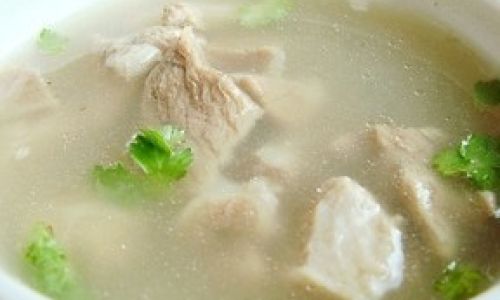
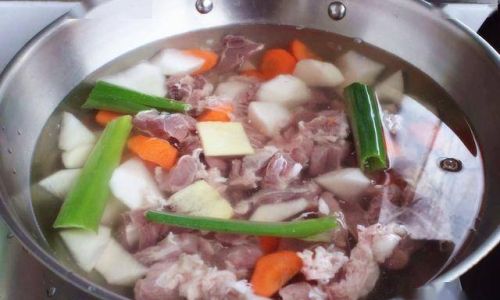
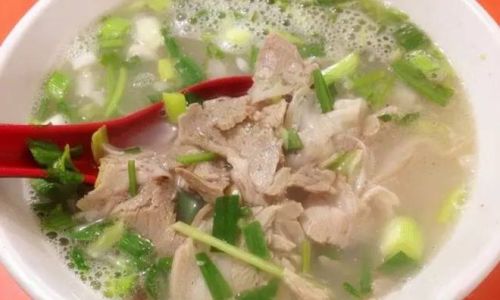
0 comments